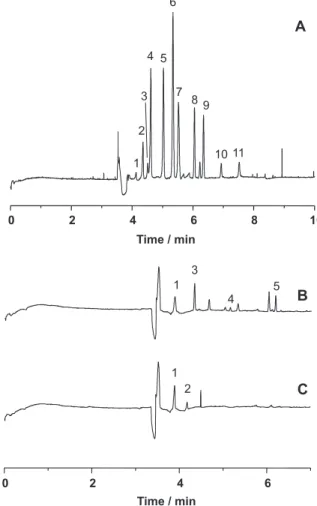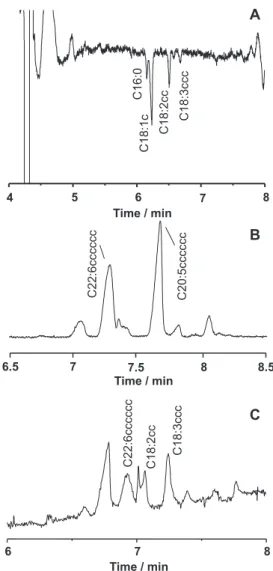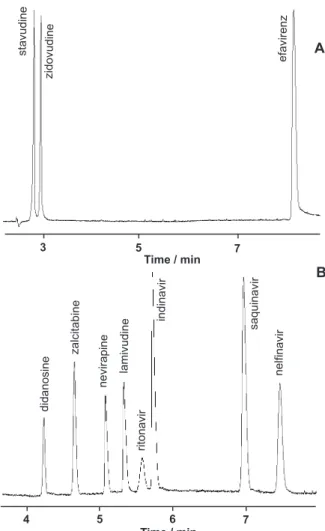J. Braz. Chem. Soc. vol.14 número2
Texto
Imagem
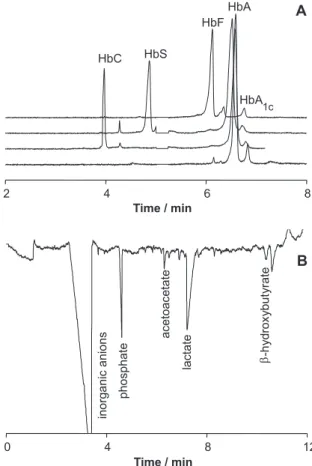
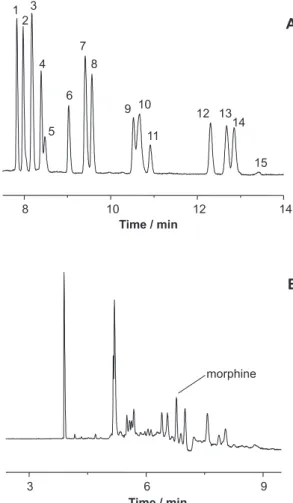
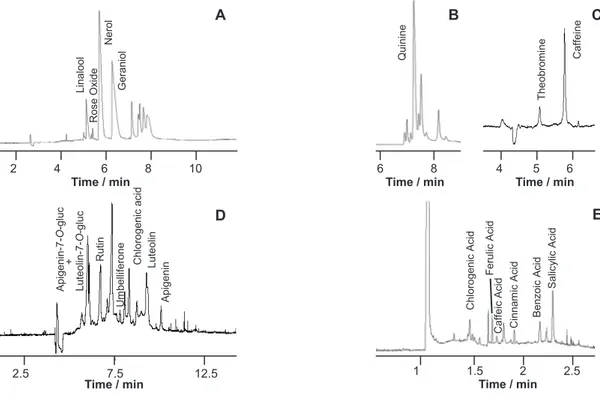
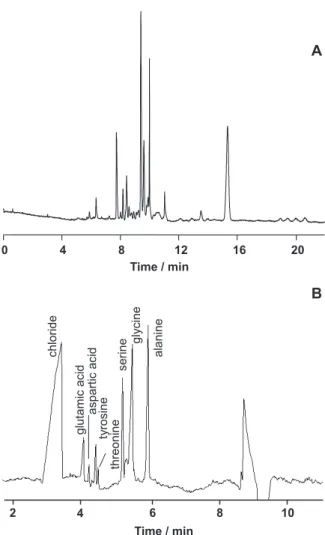
Documentos relacionados
The mechanism of bioelectrocatalysis in electrodes modified with multicofactor PQQ (or FAD) – heme containing enzymes suggests that the catalytic transfor- mation of the
respectively, in a sediment with 9.5% total carbon content. It is worth mentioning that in an experiment using a sediment with an organic content of 2.5% carbon, the average rate
Since alcohol fuel samples may present significant differences in matrix effects, ACMMS is not reliable because the alcoholic grade needs to be determined for each sample and
The evaluation of arsine formation assisted by ultrasonic irradiation from an aqueous As(III) solution was performed in an acidic medium in the presence and absence of metallic Zn..
PC, microcomputer; ic, electronic interface; pt, potentiometer; V1, six-port solenoid valve; V2, three-way solenoid valve; IE, Ag 2 S tubular indicator electrode; G, ground; RE,
Improved Separation of IA and IIA Metal Cations in Matrices with High Sodium Concentration by Capillary Electrophoresis with Contactless Conductometric Detectiona.
Inductively coupled plasma mass spectrometry with a direct injection nebulizer was used to determine boron isotope ratios from the separated cell walls, nuclei and
The results obtained with the ultramicroelectrode were compared with the results obtained with conventional electrodes and a new, more sensitive and reproducible SWV method using
